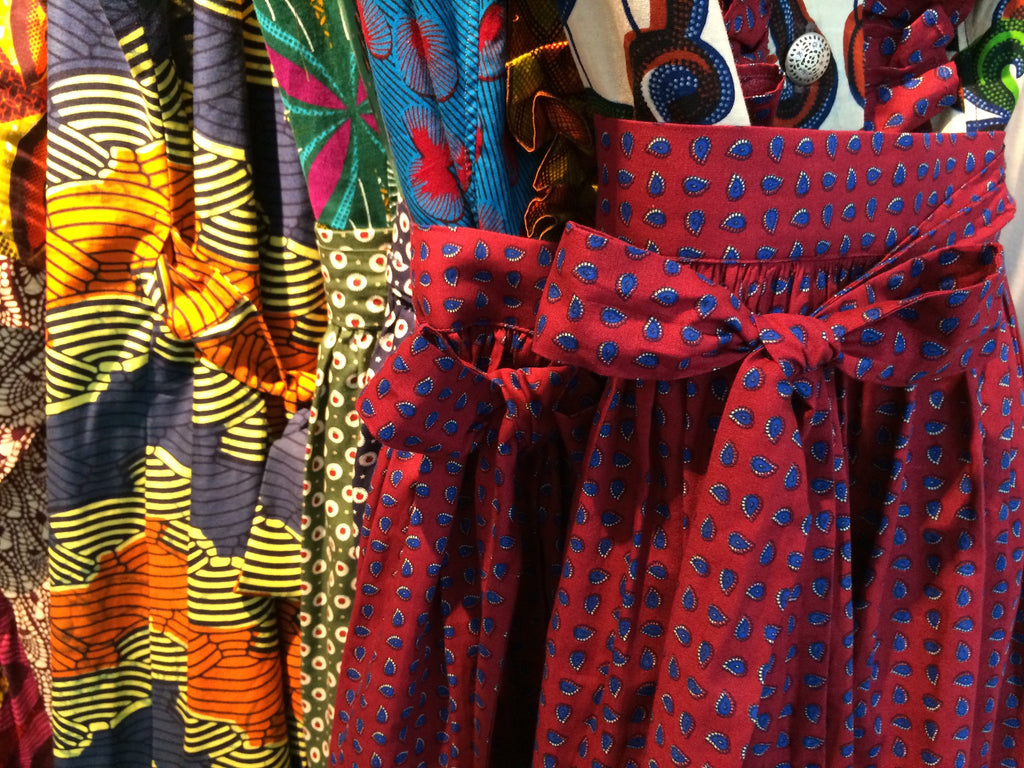Tying a dirndl bow: which side does it go on?
rahmée wetterichShare
Even though NOH NEE dirndls can be worn for any occasion, they are most often worn at Oktoberfest. And anyone who has ever been to one knows that flirting is part of the festivities! The dirndl bow plays a significant role. According to Bavarian tradition, the position of the bow reveals important information about the wearer's relationship status. But what is the meaning behind the dirndl bow on the right or left?

Dirndl bow tied on the right
If the dirndl bow is tied on the right side, it means that flirtatious people should be careful! The lady is either married or at least in a committed relationship.
Where exactly this rule comes from is not known for sure. However, it is assumed that the tradition is due to the fact that the husband usually accompanied his wife on her left side. To avoid the decorative bow becoming crumpled or crushed, it was probably established for the wives to wear the dirndl bow on the right.
Dirndl bow tied on the left
Conversely, singles tie their dirndl bow on the left side. A very practical invention from times when you couldn't check your relationship status on Facebook, right? Flirting is expressly allowed here.
Other Variations for Tying a Dirndl Bow
The bow tied in the middle above the apron also theoretically exists in the traditional symbol code: unmarried women used to use it to emphasize their virginity. Such a public confession of modesty is of course outdated today... That is why the bow tied in the middle is almost exclusively seen on little girls.
There is something else behind the dirndl bow tied in the middle at the back: according to tradition, this way of wearing the bow is prescribed for widows. However, this variant can also be found in festival tents for purely practical reasons: waitresses also wear the bow at the back so that they don't get caught in the hustle and bustle.
Last but not least, there are also certain regions in which women wear the dirndl bow uniformly at the back - with no hidden symbolism. This is the case in Styria and parts of Upper Austria, for example. So don't be surprised if you visit a folk festival here - it's not that there are a lot of widows, but simply that there are different rules for tying the dirndl bow. It would be boring if it were the same everywhere...